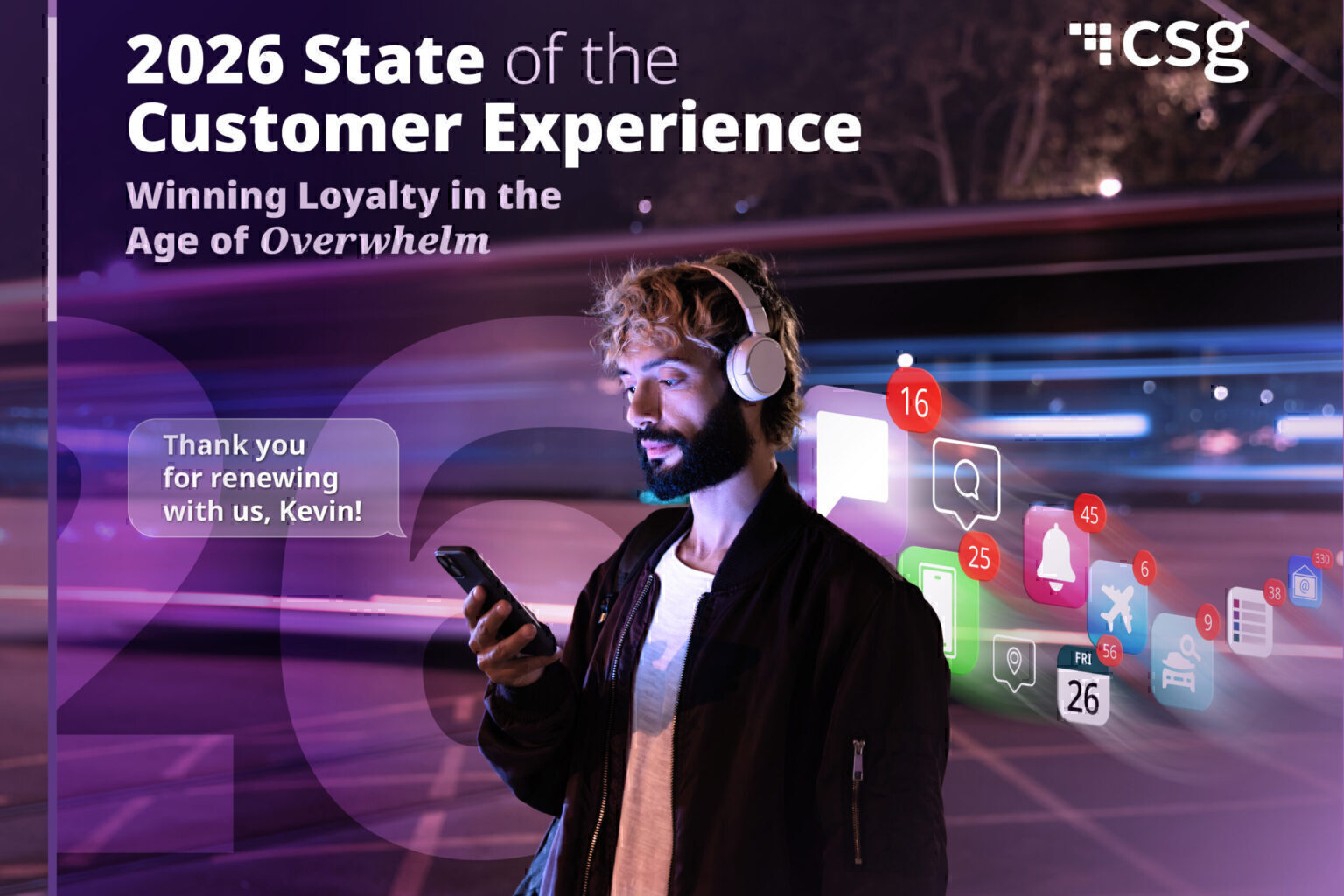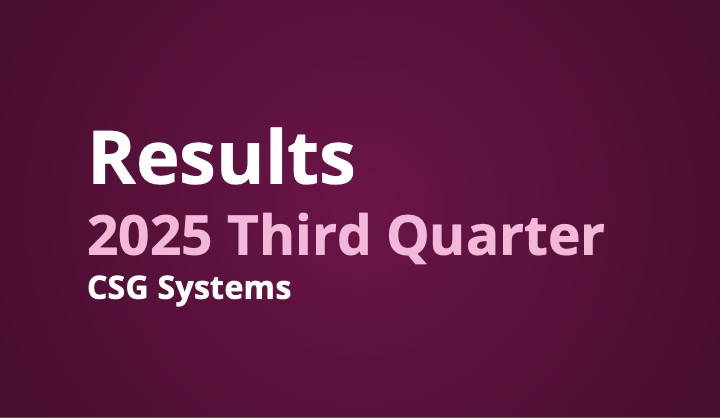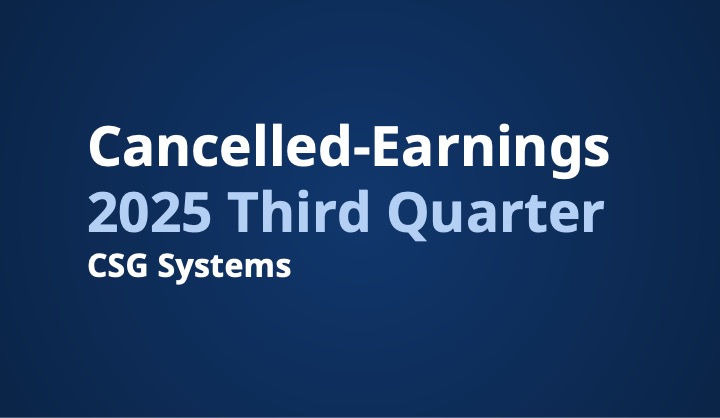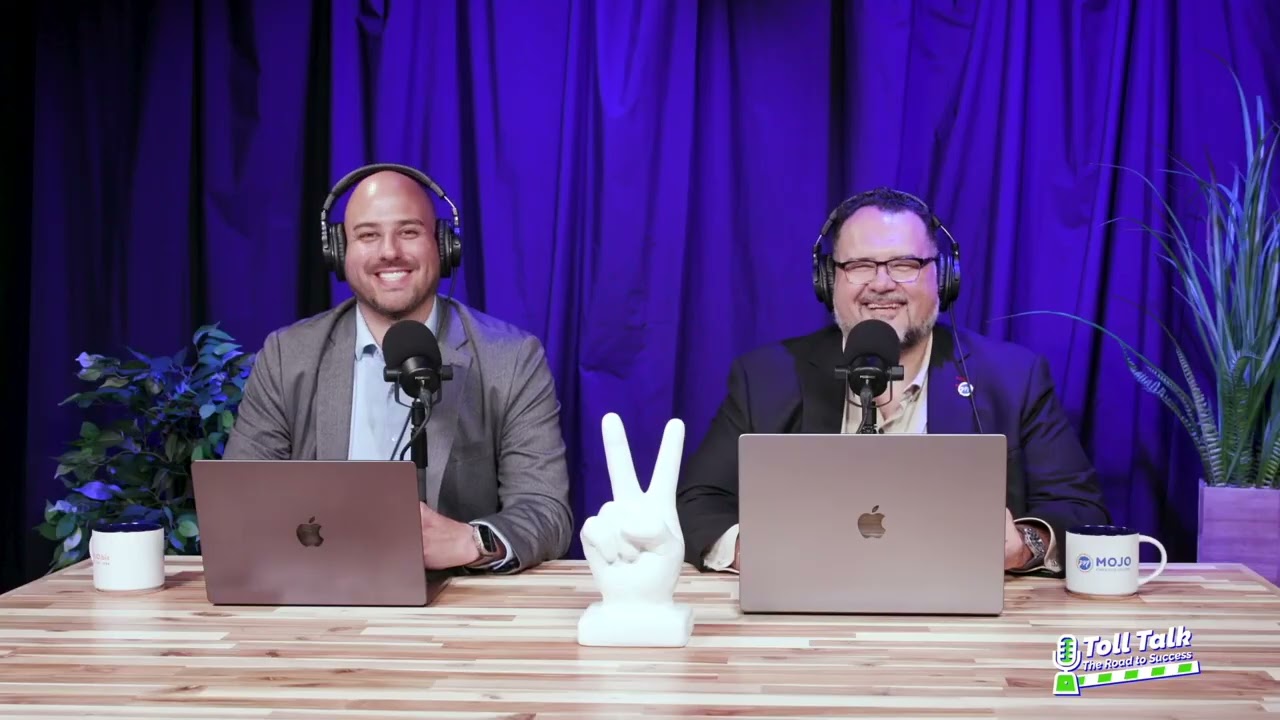Let’s give them something (positive) to talk about. More than a third (36%) of consumers share their customer service experiences—good and bad.
Customer experience (CX) directly impacts customer loyalty, retention and lifetime value. According to the PwC Customer Loyalty Survey 2022, 32% of consumers said they stopped using or buying from a business after a bad experience with customer service—almost as many who left after a negative experience with products or services (37%).
Improving the contact center CX is essential for increasing revenue and reducing costs. Journey orchestration enhances the contact center experience by delivering coordinated, personalized customer experiences that boost loyalty and retention—and revenue.
Customer Expectations for the Contact Center Experience Are Not Being Met
The CFI Group 2022 Contact Center Customer Satisfaction Index study found that satisfaction with contact center interactions declined in 2022 to a 69 (on a 100-point scale). According to one CX report, speed is the most influential factor in contact center customer satisfaction. Customers expect quick, efficient problem resolution the first time they call. They don’t want to wait on hold for 20 minutes, then get transferred to four agents and have to repeat their problem every time. Almost half (44%) of customers get annoyed or angry when they wait on hold for 5 – 15 minutes, and 38% expect agents to have prior information about their query and its context to increase speed.
Unfortunately, many companies are not meeting customer expectations. In fact, I recently experienced the pain of poor contact center operations when I attempted to take advantage of a cellular promotion: add a line and get a free phone. What should have been a simple transaction turned into hours on the phone with customer support. The first phone was sent to the wrong address, and the second phone didn’t have the correct phone number ported in. After spending two hours on the phone with customer support and sales, repeating the problem several times, I went to the store to pick up phone number three. When the phone still didn’t activate after 24 hours, I was forced to call customer support again. This time the call was escalated to tier 2 support—and the problem was resolved in five minutes.
This mobile provider could have improved my experience by verifying the current address and activating the new phone correctly the first time. If those preventative actions didn’t occur, I should have been routed to an experienced contact center agent who could quickly resolve my problem, referring to information about all my previous interactions and outcomes, not after 10 hours.
Poor Customer Service Leads to Churn
In the U.S., 55% of consumers would stop buying from a company they otherwise like after several bad experiences, and 8% would walk away after just one negative experience.
According to another report, 39% of telco customers reported leaving because of poor customer service. Of these, 41% switched because of inferior self-service options and 51% because they had to call more than once to resolve a problem.
How to Monetize Contact Center CX
To monetize contact center customer experience, leaders have to show that CX initiatives increase revenue and reduce customer service costs. They can do this by demonstrating the impact of CX tools on several key performance indicators:
-
- Customer retention
-
- Customer lifetime value
-
- Revenue generated through upsell/cross-sell
-
- Call volumes
-
- First call resolution
-
- Call handle times
-
- Cost per call
Contact Center Software Isn’t Sufficient to Improve CX
Many businesses rely on contact center software to automate and streamline customer communications. While contact center software improves the efficiency of operations—reducing hold and average handling times—it does not deliver the proactive, personalized communications necessary to improve the overall customer experience.
To deliver exceptional customer experiences across interactions and channels, contact centers need customer journey orchestration.
Customer Journey Orchestration Delivers Seamless, Personalized Experiences
Customers interact with many departments–such as sales, billing and customer service–during their relationship with a brand. When customer data and systems are siloed, contact center agents only see their piece of the CX puzzle; they don’t have access to billing information. Without access to a real-time customer data profile, it is impossible to deliver connected, consistent experiences across channels [email, chat, interactive voice response (IVR), live agent] and departments.
Customer journey orchestration bridges the gaps between teams and systems to manage the customer journey, not just watch it happen. Journey orchestration (JO) refers to using real-time customer data to analyze current behavior, predict future behavior and guide customers to the next best action.
In the contact center, journey orchestration powers:
Predictive decision making.
JO analyzes interactions and customer behaviors from other technologies (e.g., CRM, billing) to determine the next best action in the contact center, such as:
-
- Delivering personalized prompts through the IVR
-
- Routing customers to a specific agent group based on customer needs (e.g., prioritizing tier 2 support)
-
- Coordinating and sending the right messages for cross-channel consistency (e.g., leveraging a chatbot on the website to inform the agent of the context of a customer call)
Proactive call deflection.
The journey orchestration system anticipates customer needs and provides the right information to solve the problem, eliminating the need to call the contact center. For example, when the JO system detects that a customer is viewing the billing FAQ web page, the system activates a bill explanation solution or AI-powered chatbot. The system personalizes the solution, such as sending customers at high risk for delinquency a reminder text message with a link to the online billing portal.
Automated self-service.
Natural language processing analyzes customer responses to IVR prompts, identifying intent and needs. The decisioning system determines the most appropriate response or action based on customer information (intent, account information and behavioral patterns) and business rules or logic. Better self-service options means fewer calls to live agents, reducing call volume and costs.
Intent-based call routing.
When customers call, the system determines their intent by analyzing their responses using natural language processing, then directs their call to the right agent group, reducing call transfers. The system provides a call transcript describing the problem to the agent during handoff, so customers don’t have to repeat themselves.
Proactive agent guidance.
The journey orchestration system gives agents the information they need to resolve problems quickly and accurately. Agents can view the real-time call transcript, additional customer information and recommendations for how to help the customer based on intent, customer account information and business rules.

Driving Revenue Growth with Journey Orchestration
Journey orchestration provides:
Upsell/cross-sell opportunities.
When agents are equipped with relevant information during customer interactions, they can make targeted offers, resulting in increased revenue from existing customers. For example, an agent could offer an upgrade package to customers who regularly exceed their wireless data limit.
Better customer retention.
Faster issue resolution means fewer pain points and greater customer satisfaction. Satisfied customers are more likely to renew their contract, upgrade their service, or purchase additional products or services from the brand.
CSG Xponent
Our customer journey management solution combines a customer data platform with journey orchestration and journey analytics to deliver the best next action in the call center. Go from a service center to a profit center with journey orchestration powering easier contact center interactions for all.











